 Maine Coons are one of the largest cat breeds and is considered an American original breed. Also known as the American Longhair, the Maine Coon can become over 36” in length and the males can reach an average weight of 14 pounds. That’s one big kitty! However, these cats are gentle giants, they love people and being able to socialize, and because of their curious nature they will often “help” you when doing housework or chores. But, with great size comes great responsibility. These cats need maintenance in their diet as well as exercise or they will become chunky monkeys given the chance. Here are some quick easy tips to remember when you have a Maine Coon or any other house cat really.
Maine Coons are one of the largest cat breeds and is considered an American original breed. Also known as the American Longhair, the Maine Coon can become over 36” in length and the males can reach an average weight of 14 pounds. That’s one big kitty! However, these cats are gentle giants, they love people and being able to socialize, and because of their curious nature they will often “help” you when doing housework or chores. But, with great size comes great responsibility. These cats need maintenance in their diet as well as exercise or they will become chunky monkeys given the chance. Here are some quick easy tips to remember when you have a Maine Coon or any other house cat really.
Brushing
When dealing with a Maine Coon, or any sort of longhair domestic breed of cat, you should brush them daily at most, weekly at least. This way you cut down on hairballs, and keep them from getting matted or knotted fur. Additionally, it helps to maintain their skin health. You normally don’t need to give a Maine Coon a bath due to having very good hygiene skills and will often clean themselves via a tounge bath.
Feeding
When deciding what to feed your Maine Coon, you are going to have to spend a little extra at the pet food store. Common cat foods like Iams, Purina, and others, contain wheat and corn. Domestic cats don’t actually have the enzymes to properly digest wheat and corn like humans do. These grains that are digested simply turn to fat and are like any high fatty foods for humans. Make sure to read the ingredients before you buy, anything that has wheat or corn by-product is something you want to stay away from. Again, while I do mention that this post is about Maine Coons, this advice can be used for any sort of domestic cat breed, not just Maine Coons.
Exercise
Maine Coons love to play! They often will invent games for themselves and are always excited to see their humans. Males are often more goofy than the females, but both are very active and will always be playful throughout their life. Some, even enjoy playing “fetch.” Maine Coons love attention but are not pushy so they won’t be hounding you all the time for you to play with them.
One final note, these gentle giants are a great big furball of love. They are great with children and other animals, especially dogs. Be careful before you introduce your kitten/cat to another cat, especially if they are another breed! While Maine Coons get along with their own, you’ll have to gauge your other pets reactions before you fully introduce your new pet.
Lisa Podwirny is the owner of Ketchum Mfg. Connect with her on Google+!
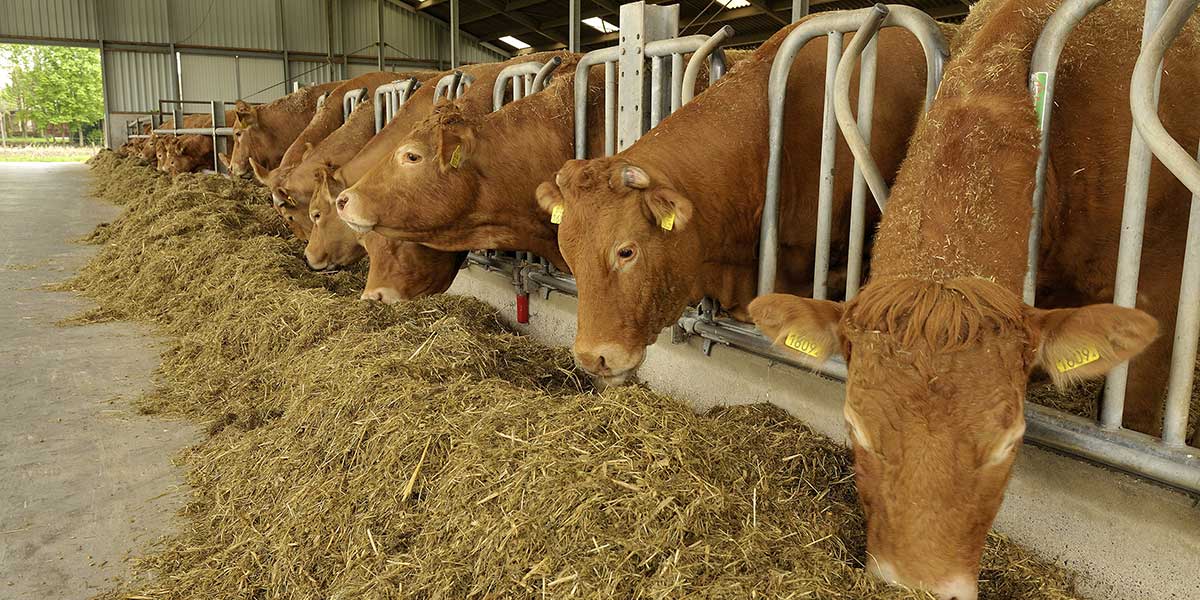







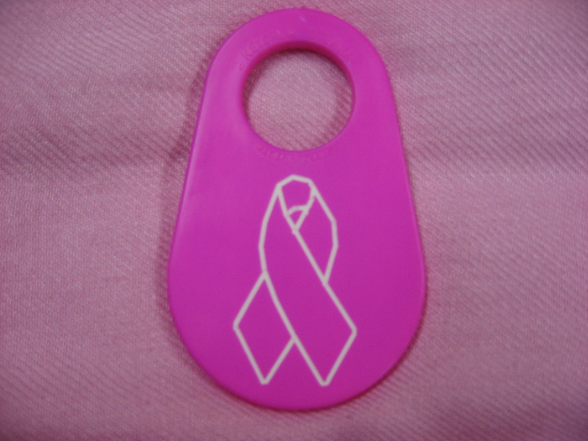
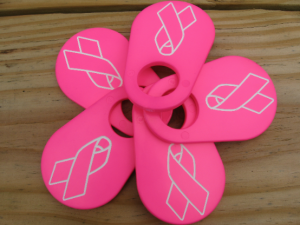
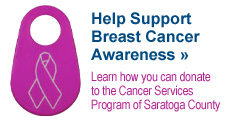

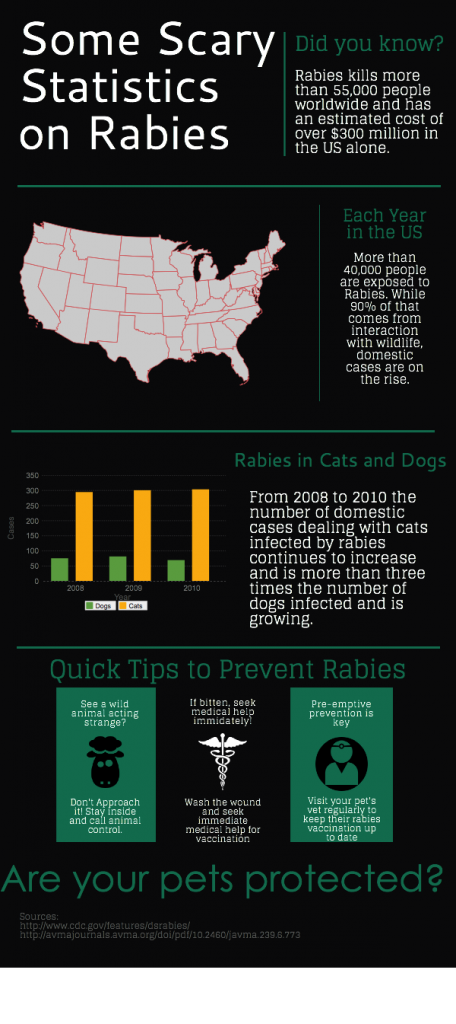
 Back in August we wrote about the
Back in August we wrote about the